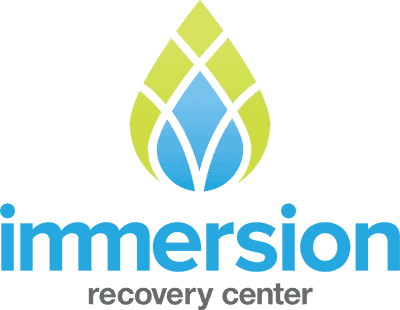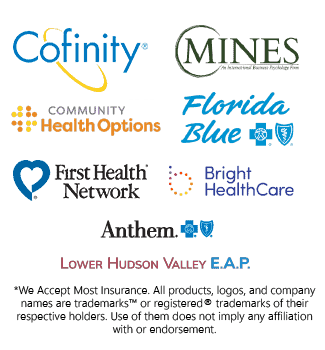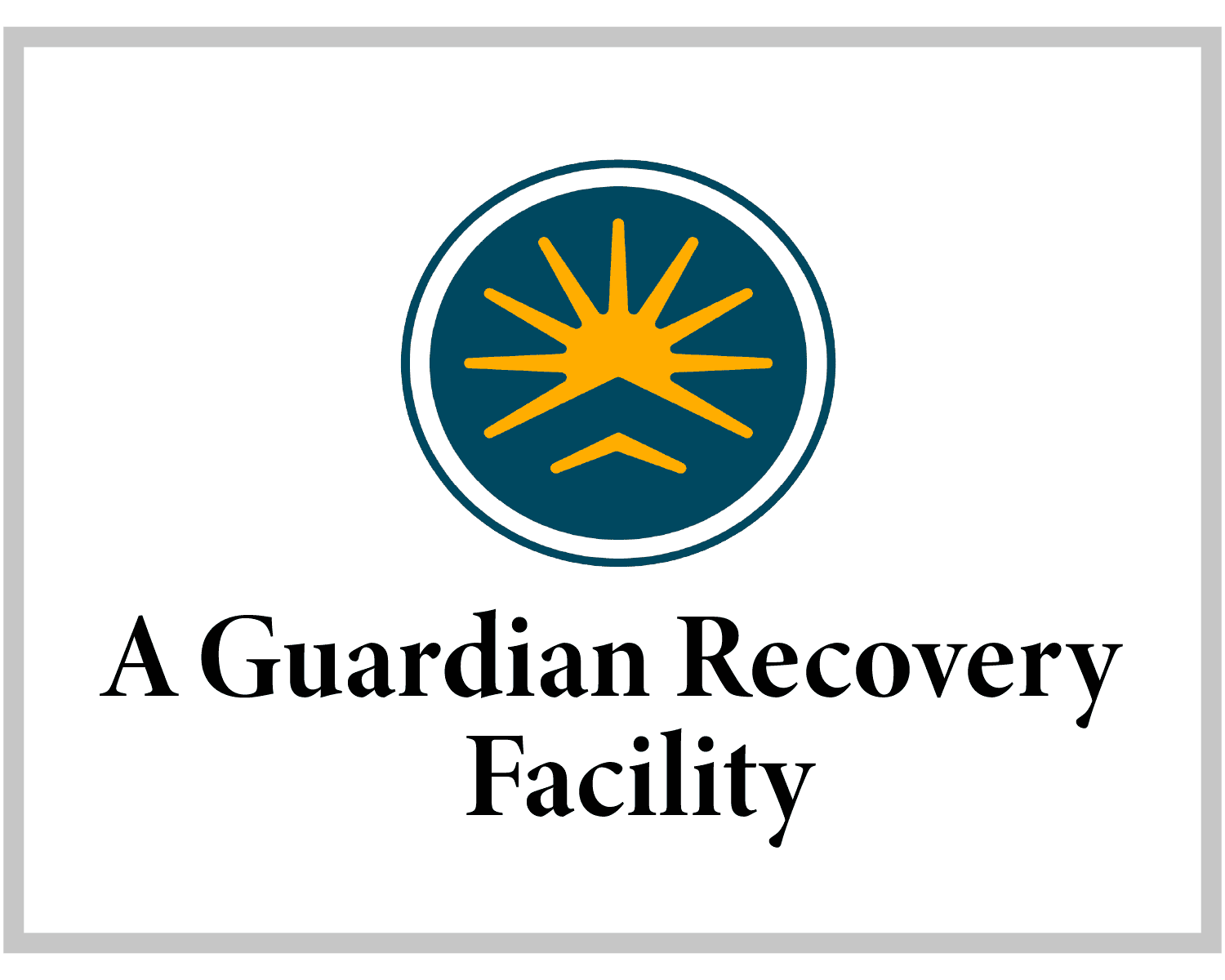Addiction Treatment Services
The Role of the “12-Step Contact”
The Role of the “12-Step Contact”
At The Immersion Program our clients are actively immersed in working the 12-Steps of recovery. The 12-Steps are an evidence-based treatment model originated by Alcoholics Anonymous that has been shown to be an effective pathway to long-term sobriety. According to a comprehensive analysis conducted by a Stanford School of Medicine researcher and his collaborators, Alcoholics Anonymous’s 12-Step program of recovery is “the most effective path to abstinence.” In that analysis, which encompassed 35 different addiction treatment studies including the work of 145 scientists and the outcomes of 10,080 participants, Keith Humphreys, PhD, professor of psychiatry and behavioral sciences, determined that AA was nearly always found to be more effective than psychotherapy alone in achieving abstinence.
Because of this evidence, and because our founders have developed a strong belief in the power of the 12 Steps to transform lives, The Immersion Program has deeply incorporated the 12 Steps into our comprehensive addiction treatment program. At The Immersion Program we take a multi-pronged approach to recovery, combing clinical therapies with holistic treatments and 12-Step immersion. While in our care, clients work the 12-Steps of recovery while supported by a team of professionals including an individual therapist, case manager and 12-Step mentor — which we call a “12-Step Contact.” While a clients’ individual therapist utilizes a wide-range of clinical methodologies (such as cognitive behavioral therapy, dialectical behavioral therapy and motivational interviewing), the 12-Step Contact focuses solely on the 12-Step process.
What is a 12-Step Contact?
The Immersion Program’s 12-Step Contacts are carefully-selected individuals who are in recovery themselves, have personally worked the 12 Steps with success, and have a wealth of experience guiding others through the 12-Step process. They are highly skilled practitioners in the Steps and help support our clients as they work their own Steps. They also work hand-in-hand with a client’s individual therapist, case manager and group therapy facilitators in order to provide our client’s with the maximum amount of support possible.
What Does a 12-Step Contact Do?
To put it simply, a 12-Step Contact guides an individual through the 12-Step process, walking them through each step with compassion. The main textbook for working the 12-Steps is a book called Alcoholics Anonymous — a.k.a. The Big Book of AA. The Big Book was written by the founder of AA Bill Wilson and a committee of AA’s early pioneers. The book was originally written in 1935 to help spread the AA program across the U.S. to areas of the country where AA did not exist yet. The book therefore carefully outlines the transformative process of the 12 Steps in order to teach it to others.
Our 12-Step Contacts meet one-on-one with clients to read the Big Book of AA and teach the actions necessary to complete each step. Some of the Steps involve merely a shift in attitude and perspective, while others involve action, such as writing, reading or meeting with others to make face-to-face amends. Throughout each Step Immersion’s 12-Step Contacts are there to support our clients in their recovery journey.
We Are Here For You
Let Us Help You Heal
Our [acf field=”detox_cta_field-drugname”] detoxification experience is second to none.
Learn how we can help by speaking with one of our Treatment Advisors today.
What Are the 12-Steps?
The 12 Steps are a program of action that hopefully leads to personal transformation. The goal of the 12-Steps is to help an individual change their ideas, attitudes, beliefs and actions in order to become more selfless, loving and sober.
The 12 Steps Summarized
The First Step is to admit to ourselves on a deep, heartfelt level, that left to our own devices, we have no power to overcome our addictions. If we had the answer and power to solve our problem, we would have solved it already. We must feel our own powerlessness over our addiction, which has been ruling our lives. It is only by admitting complete defeat that we are then able to access the help and motivation we need to change.
The Second Step is to start believing that there is hope. By finding a power greater than ourselves — whether that is the power inherent in the collective community of Alcoholics Anonymous, or in a spiritual force of our own understanding — we come to believe in our ability to change. We see AA has worked for millions of people, and begin to believe it could work for us too. Believing there is hope is the essence of the second step.
The Third Step is making a decision to utilize this newfound higher power (whatever it is for us) to continue our path of transformation. By surrendering our will — the thoughts and actions that have been causing our troubles — and exchanging it for a different path (the 12 Steps), we are able to begin the process of true recovery.
Our Treatment Services Include
The Fourth Step is focused on self-reflection. In the fourth step we make “a searching and fearless moral inventory” of ourselves. Another word for “moral” is truth. By reviewing our lives — the people, situations, beliefs and fears we have engaged with in our past — we can begin to see the truth about ourselves and the role we’ve played in our troubles. Through writing, we begin to see the patterns we have repeated over and over again, and the source beliefs of those patterns. We begin to see ourselves clearly.
In Step Five, we read our written inventory to either our 12-Step Contact at Immersion or a trusted friend. By saying, out loud, the patterns we have revealed to ourselves on paper, we are symbolically releasing the baggage from our pasts. Our trusted friend can also help guide us to see events, people and beliefs from our past from a new perspective. Steps four and five reveal to us what needs to change in ourselves to make lasting change in our lives. The process reveals what ideas have been holding us back, what we need to let go of, and what perspectives and behaviors need to shift.
Utilizing the self-knowledge we gained by completing Steps Four & Five, we make a list of the character defects in ourselves that are hindering our growth (this is Step Six). These “defects of character” could be old beliefs that aren’t working (for example: “I’m incapable of love,” or “I’m not good enough” or “People will always let you down”), or they could be personality defects such as being quick to anger, being judgmental or envious, being a perfectionist or a procrastinator, or holding too high of expectations of others. These defects are the blocks standing in the way of our ability to experience the love, relationships and life we want. Until we can clearly see these blocks, we cannot change.
Ready To Begin Your Treatment?
Let Us Help Your Family Heal
Our family therapy program is second to none.
Learn how we can help your family by calling a Treatment Advisor now.
Step Seven is about becoming entirely ready and willing to have these defects improved or removed. This might sound easy — of course we want our defects removed. Our defects, however, sometimes have served us in some way. For instance, perhaps our defect of self-righteous anger gives us a sense of superiority and importance. Giving us such self-righteous anger might be more of a sacrifice than we’re currently willing to pay. Step Seven is about confronting our defects of character — in particular the ones that are still giving us some sort of payoff — and becoming ready to give them up. In Step Seven, we humbly ask our higher power to remove these defects.
In Step Eight we make a list of all the people we have harmed. We turn back to our fourth step inventory. We review the people listed on that inventory, then take a close look at the fourth column (which is where we have written down our own faults). We determine what individuals we have harmed and write down those names.
In Step Nine, we take the list we made in Step Eight and determine a way to make amends to those individuals. An amends is not merely a verbal apology — it is both an admission of wrongdoing, and the sincere intention to change the behavior in ourselves that caused such pain. Amends can come in many forms: they can be a sit-down apology; an honest, heartfelt letter; a financial reimbursement; an act of service; or what is called a “living amends’ — an agreement to live differently in the future. Our 12-Step Contact and our higher power will help us determine what amends we should make and how. If we have worked the previous eight steps thoroughly, we should be able to show up to our amends as a changed individual. The amends process can be a very healing process for both ourselves and our loved ones. By “cleaning our side of the street” we will find new self-confidence, a sense of integrity and intimacy with others.
Step Ten is to take a daily inventory of ourselves. At the end of our days, and periodically throughout the day, we review our conduct, attitude and beliefs. We look at where we may be acting selfishly, dishonestly, fearfully or with wrong motives. By staying self-aware, we are able to quickly spot when we are off track. This will prevent us from slipping back into our old ways or causing harm.
Step Eleven is about strengthening our prayer and meditation practices. It is through prayer and meditation that we both speak, and listen, to our Higher Power. Step Eleven helps us get in conscious contact with that little voice inside us that helps guide our path.
Step Twelve is about two things — number one: being of service to others, and number two: applying the principles we have learned by working the first eleven steps to our daily lives. By the time we reach Step Twelve, we should be very different people than we were when we first began. We should be more selfless, honest, compassionate and kind. We will want to help others find the freedom and joy we have found in recovery. It is not a burden to be of service, it is the bright spot of our lives. We have a new sense of meaning and purpose. We love others.
Begin Healing Now!
Have A Call With One Of Our Treatment Advisors
Don’t Suffer Any Longer
Learn More About 12-Step Recovery at Immersion
It is important to recognize that the 12-Steps are only utilized after an individual is physically sober and stabilized. This means we usually recommend an individual get treated at our medical detox facility before transitioning into our 12-Step-based residential inpatient treatment facility. Medical detox is an important time to safely and comfortably withdraw from drugs and alcohol. Drug and alcohol withdrawal can be a painful, even life-threatening experience if not medically supervised. At Immersion’s detox center, we utilize medication assisted treatment and round-the-clock medical supervision to help our clients ease into sobriety. After the detox process is complete, then clients might opt to transition into our residential inpatient treatment facility or participate in our intensive outpatient program and choose to work the 12 Steps with a 12-Step Contact.
To learn more about The Immersion Program or the 12-Step process please reach out to us. Our Treatment Advisors are available 24/7 to answer any questions you might have. At Immersion we know recovery is possible! Not only have many of our staff recovered, but we see our clients transform every day. If you or someone you love is struggling with addiction. There is hope. Please contact us today.
Get Started Now
Give us a call 24/7
(888) 693-1604













